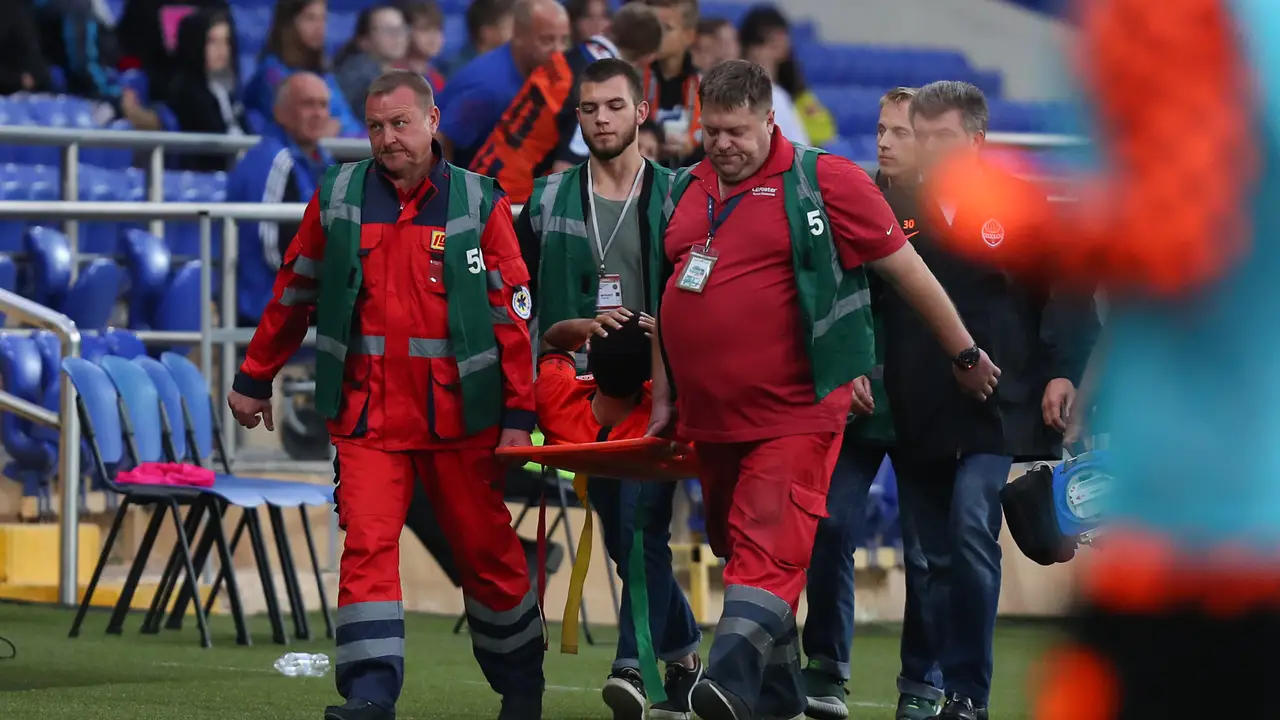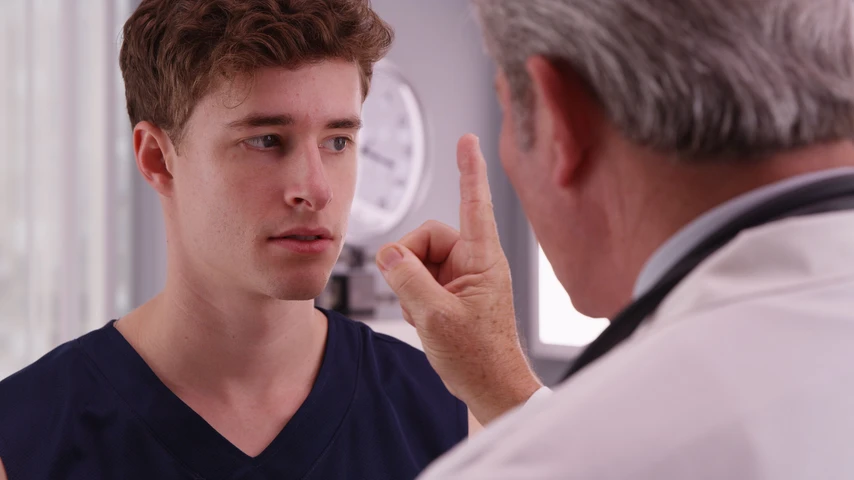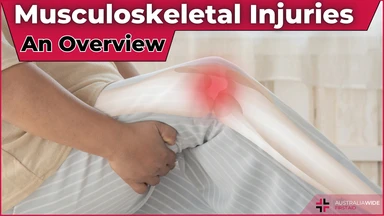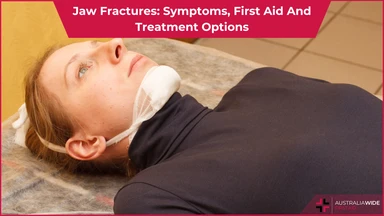Preventing Concussions in Sports


Concussions are serious head injuries that often occur after a severe collision.
Concussions are becoming increasingly common in modern sports, as matches become more pressured, and competitors become more aggressive as a result. These injuries can be very easily ignored, which could lead to more serious damage. It is important that a potential concussion is correctly analysed before any determination is made.
With this in mind, let's look at how a concussion is caused.
Concussions are nasty injuries that need to be identified as soon as possible, so that they can be treated quickly and the risk of any lasting injury can be minimised. It is important that you know how a concussion is caused, as this will allow you to spot any potential danger while the action is happening.
Overall, concussions are a result of a serious impact to the head. Therefore, if you see someone grab their head after a forceful challenge, there is a chance they are suffering from an immediate concussion. Normally, it is a good idea to assume this is the case, as this will require you to promptly take action. Depending on what sport you play, watch or coach, there may be different scenarios where a concussion may occur.
In soccer, there are two common ways a concussion is caused: a player receiving an impact from the ball, or two players colliding. The former is likely to happen when a defender is blocking a shot or cross from an attacker; however, this could take place anywhere on the pitch, as there are more scenarios where this result is possible. The second possibility involves two players who are both committed to making a challenge. This could be a regular tackle which is poorly executed, or a headed challenge. A notable example of this was when Wolverhampton Wanderers’ player Raúl Jiménez was the victim of a major concussion, which left him unconscious and unable to play for almost three months.
Other sports such as rugby, Australian rules football (AFL) and ice hockey all involve some sort of concussion risk, due to their aggressive nature. Statistics from the American National Library of Medicine from a study of two American rugby teams over three years, showed that one quarter of injuries suffered in rugby were concussions. In the case of football, statistics from the 2018/19 AFL season showed that 655 concussions were recorded, making up roughly one eighth of the total recorded injuries for that season.
Clearly, any sport that involves some sort of aggressive element is susceptible to scenarios where a concussion could happen. If you are aware of such a possibility, you can provide assistance if, unfortunately, such an incident were to take place.

There are some specific symptoms you should look for when attempting to diagnose a concussion. Unfortunately, concussions are more common than you may think, so it is integral that you have the knowledge to act when such an injury occurs. There may not be a medical professional on site, which is the case at most amateur sporting events. The first step to treating a concussion is diagnosing it. After you have identified a possible incident, look for symptoms such as these:
Obviously, it is important that you are calm and composed in the event that somebody on the field requires medical attention for a concussion. Make sure to look for the symptoms listed above, and attempt to find out how the person is feeling. It is important to speak slowly; otherwise, the person may not be able to understand you, as their receptive functions will be slower than usual. By diagnosing the issue, you can act accordingly, and sort the situation with ease and efficiency.

Concussions can be prevented in some cases, though they are not always controllable. With an increasing number of concussions across a range of sports, it is important that coaches and officials make an attempt to prevent such injuries. Concussions can be damaging for a player’s physical health, as well as their confidence, so any effort to prevent them is worth trying. Here are some of the main ways that concussions can be prevented:
The best course of action to take, once a concussion has been diagnosed, is to seek professional medical attention. If you have attempted to diagnose someone, but you are still unsure, the best thing to do is to play it safe, and assume it is a concussion. Incorrectly diagnosing a concussion is perfectly okay – however, incorrectly assuming the person is okay, and not experiencing a concussion, can be dangerous. In order to know exactly what steps to take when you have diagnosed a concussion, here is a general guide:
Concussion-based symptoms do not last long, and so with the right processes, there should be no effects felt within a number of days. Concussions are a result of a split-second collision, and so will only have a lasting effect if the person receives concussions consistently or regularly. Otherwise, the injury should be treated in no time at all.

March 6, 2025
Falls are one of the most common causes of injury, particularly among children and older adults. Whether it’s a simple trip or a serious fall from height, knowing how to administer first aid can prevent further injury and, in some cases, save a life.

October 1, 2024
The musculoskeletal system is the foundation of human movement, support, and protection, playing a critical role in our ability to perform everyday tasks. Understanding the components and functions of the musculoskeletal system is essential for preventing injuries and managing conditions that may arise, particularly in workplaces where manual handling tasks are common.

August 28, 2024
A jaw fracture is a break or crack in the jawbone. This type of injury can occur due to various reasons and may result in considerable pain and difficulty in performing everyday activities like eating and speaking.